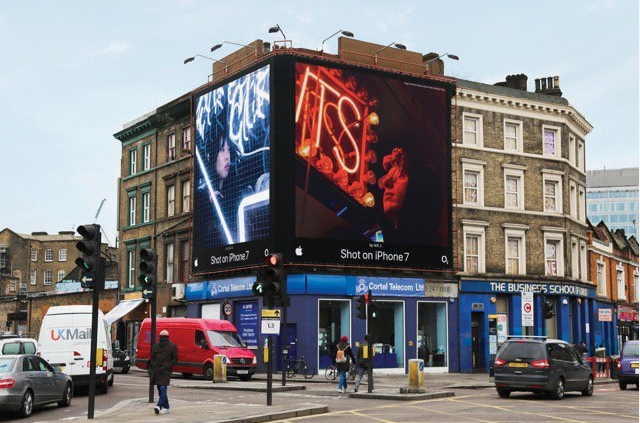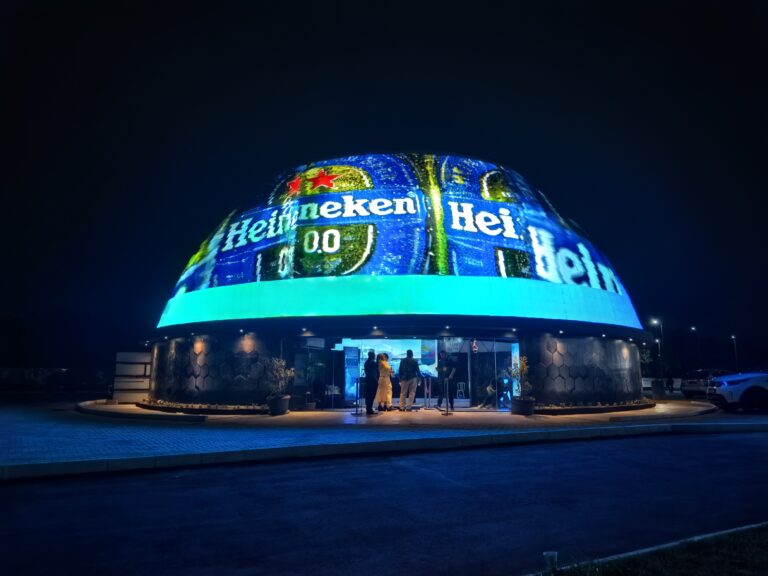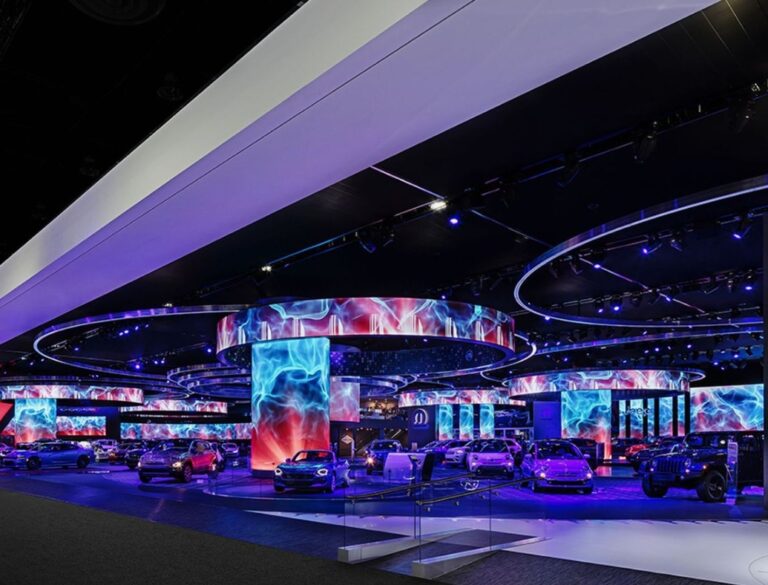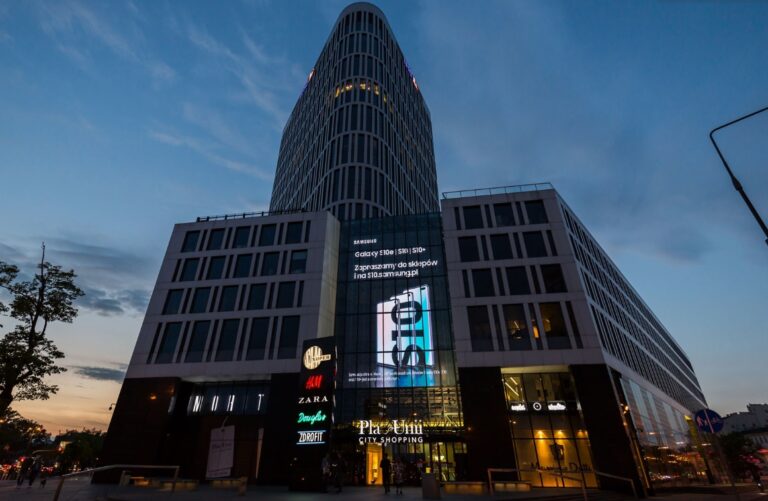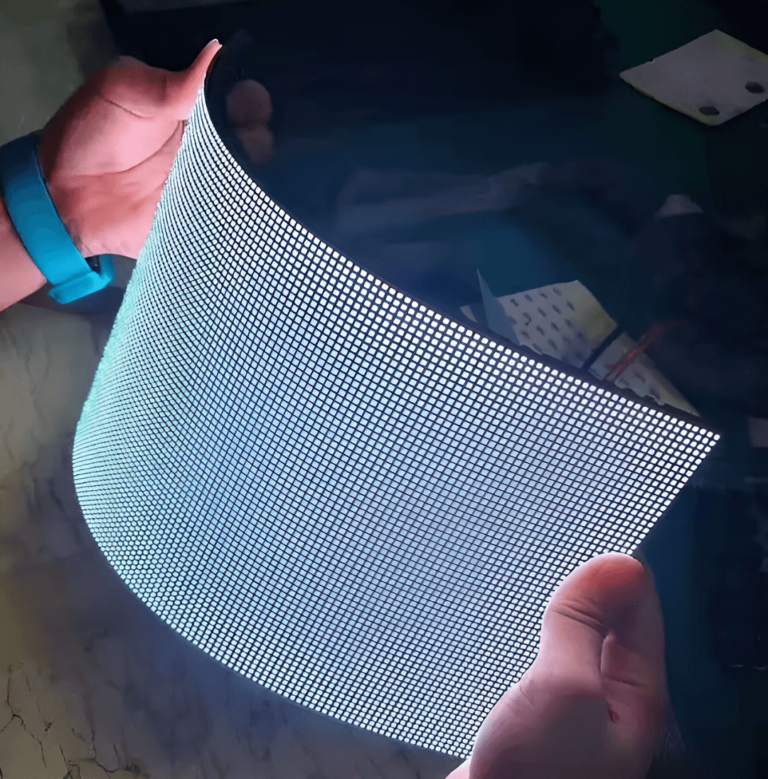Table of Contents
- What is an LED Dance Floor?
- What Does an LED Dance Floor Do?
- Application Scenarios for LED Dance Floors
- How Big Should a Dance Floor Be for 80-200 Guests?
- Is Investing in an LED Dance Floor Worth It?
- How Much Does an LED Dance Floor Cost Per Square Meter?
- What to Consider When Installing an LED Dance Floor in a Bar
In modern bars and nightlife venues, innovative experiences and eye-catching designs have become essential to attracting customers. As a trendy and visually impactful feature, the LED dance floor has quickly gained popularity in bars, serving as a powerful tool to enhance ambiance and draw in crowds. This article will explore why your bar needs an LED dance floor, covering its benefits and installation considerations for a comprehensive analysis.
1. What is an LED Dance Floor?
An LED dance floor is an interactive floor with built-in LED lights, typically made from durable, transparent materials. It can display a wide range of colors, patterns, and video effects. Through programming, the LED dance floor can showcase dynamic lighting changes and even sync with music, providing customers with an immersive entertainment experience.
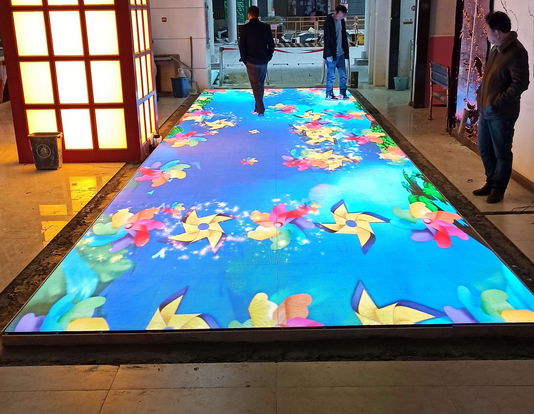
2. What Does an LED Dance Floor Do?
Enhances Atmosphere
The primary function of an LED dance floor is to create ambiance. The changing colors and lighting effects elevate customers’ visual experience, helping them feel more engaged with the music and rhythm on the dance floor. The coordination between music and lights not only boosts the guests’ mood but also encourages interaction.
Increases Customer Traffic
The unique design and dazzling lighting effects of an LED dance floor make it an attractive spot for customers to take photos and videos to share on social media. This can turn the LED dance floor into a “must-visit” social media location, helping to draw in more potential customers to the bar.
Enhances Brand Image
A stylish LED dance floor can make the overall design of the bar more futuristic and innovative, helping to elevate its brand image. This feature can set the bar apart in a highly competitive market, attracting young people and trendsetters.
3. Application Scenarios for LED Dance Floors
LED dance floors are popular not only in bars but also in other entertainment venues:
- Clubs and Nightclubs: LED dance floors are a staple in nightclubs, creating a seamless integration between music and lighting for a thrilling experience.
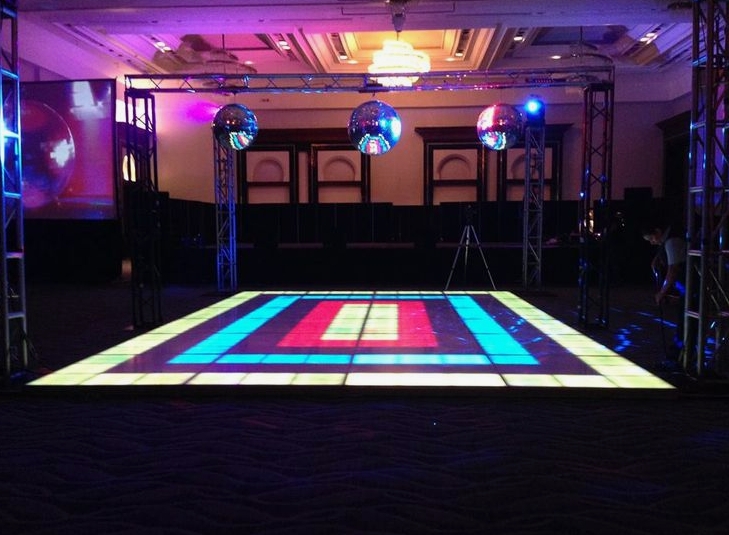
- Hotels and Resorts: LED dance floors can enhance the atmosphere at special events and themed parties, drawing in guests.
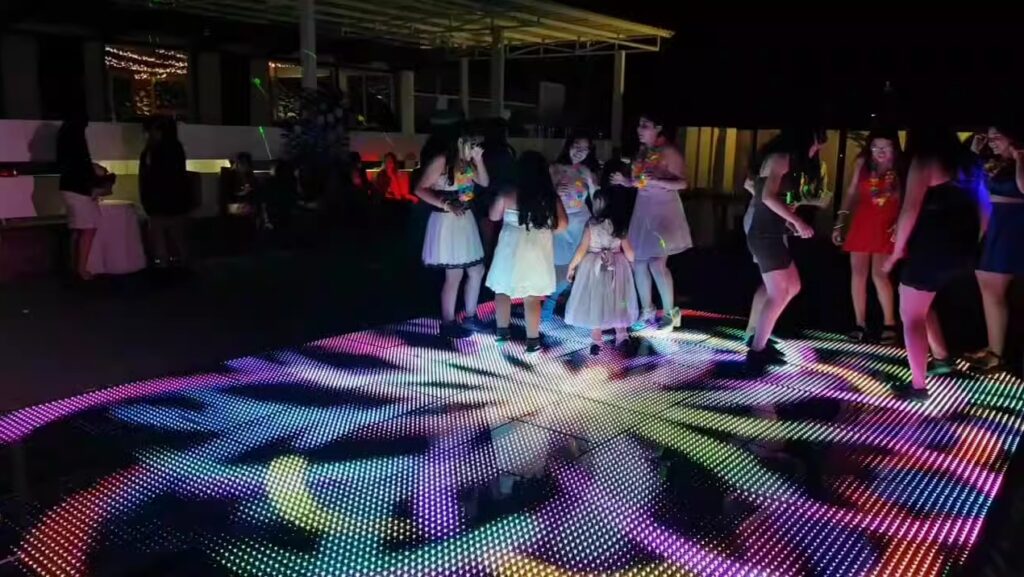
- Weddings and Banquet Halls: They add a romantic, visually appealing ambiance to weddings and banquets.
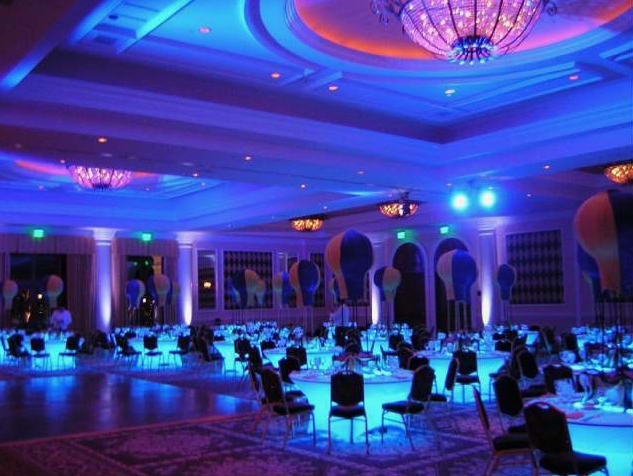
- Malls and Exhibitions: LED dance floors can serve as interactive installations that add excitement to various events and displays.
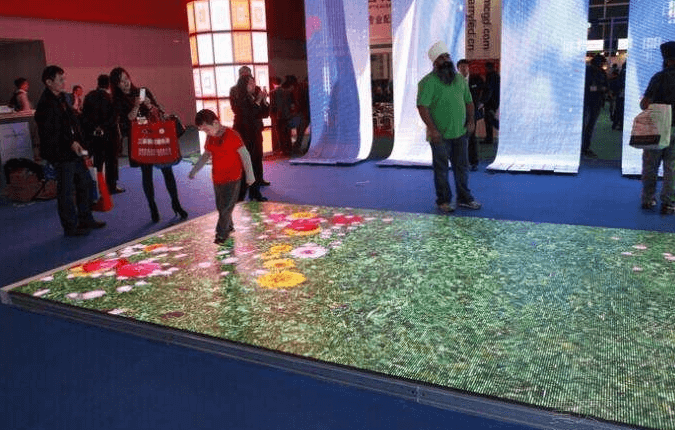
4. How Big Should a Dance Floor Be for 80-200 Guests?
Generally, the size of the dance floor depends on the venue and crowd flow. Based on the number of guests and space requirements, the following sizes are recommended:
- 80 guests: Approximately 12-16 square meters.
- 120 guests: Approximately 20-25 square meters.
- 150 guests: Approximately 30 square meters.
- 200 guests: Approximately 35-40 square meters.
These sizes provide enough dancing space while allowing for comfortable customer movement.
5. Is Investing in an LED Dance Floor Worth It?
Investing in an LED dance floor is worthwhile because it:
- Increases Customer Satisfaction: Provides a unique experience that encourages repeat visits.
- Elevates Bar Image: Enhances the bar’s brand image, helping it stand out from competitors.
- Boosts Revenue: Attracts more customers and offers potential for special events, driving up revenue.
- Improves Return Rate: Guests are more likely to return for the unique LED dance floor experience.
- Promotes Word-of-Mouth Marketing: The unique visuals attract attention on social media, raising the bar’s visibility.
While the initial investment might be high, the long-term returns of an LED dance floor are evident. It not only enhances customer satisfaction but also adds distinctiveness and competitiveness to the bar. As customer traffic increases, so does revenue, making it a cost-effective investment.
6. How Much Does an LED Dance Floor Cost Per Square Meter?
The price of an LED dance floor varies based on quality, durability, and customization options. On average, a standard LED dance floor costs between $500 and $1,500 per square meter. Higher-end or custom LED dance floors may cost more, depending on the complexity of the control system, installation requirements, and visual effects.
7. What to Consider When Installing an LED Dance Floor in a Bar
Space Layout: Ensure the size and location of the dance floor fit the bar’s overall layout.
Power and Safety
Ensure that the power supply for the LED dance floor is stable and safe. Include anti-slip and waterproof design features to guarantee user safety.
Durability and Maintenance
Choose durable materials for the LED dance floor to withstand frequent use. Regular maintenance and inspections can extend the floor’s lifespan and ensure optimal display quality.
Compatibility and Control System
Select a compatible control system to synchronize lights and music effectively. Consider smart control systems for easier operation.
Conclusion
In the competitive nightlife industry, an LED dance floor has become an essential attraction for trendy bars. By providing a unique visual and interactive experience, an LED dance floor not only enhances customer experience but also expands brand visibility through social media sharing. Given the multiple advantages and high cost-effectiveness, installing an LED dance floor is undoubtedly a worthwhile investment for any bar.

